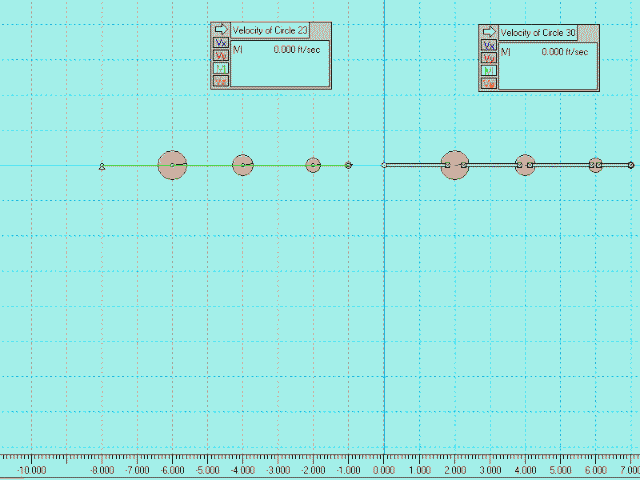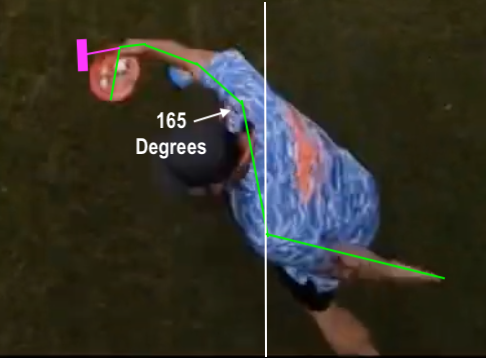Ricky gets a huge ejection multiplier in his extension. Makes it looks so casual because it all accelerates in the last 2-3 frames.
Pretty cool image. Thanks for creating/ sharing.
Agree that a big part of the casual facade of the Pro Throw comes from good sequence, which makes the arm (shoulder-upper arm-lower arm-wrist-fingies) appear like it's moving through water compared to amateur players at similar parts of their throw.
Disagree - and you did not say this - that tip of the whip or snap or hand lever multiplier or what have you is more significant to total system output than initial input force. Not directed at you at all, and love when you're commenting. This has just been a popular sentiment around these parts of late.
Compound pendulums and chaos theory go hand in hand. Complex/ dynamic systems - like the disc golf throw - are most sensitive to initial inputs.
and why it's so important to move slow enough through the motion that you can maintain control of the disc through the redirection acceleration.
It's probably a bit of both, but I think that this "slow motion" thing we're talking about is less about being able to maintain control of the disc through redirection and more about creating a proper compound pendulum system.

